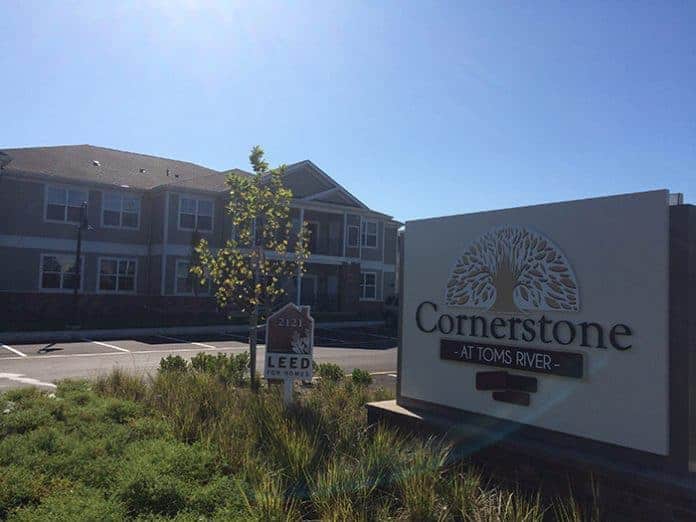
TOMS RIVER – Officials said they are changing their ordinances to be more in line with affordable housing regulations, but that the ordinances did not approve more developments.

Every town in New Jersey has to allow a certain number of affordable housing units. This follows from a Supreme Court case in which the town of Mount Laurel was accused of zoning the town in such a way that only people who could afford large amounts of property could live there.
Toms River is in the process of satisfying the current state requirements through developments that have already been approved. The officials stated that the most recent amendments in their ordinances were to adjust the language to protect the town from any further affordable housing obligations or builder’s remedy lawsuit. This is when a builder sues the town for not having enough affordable housing, and forces them to approve its development.
At the Dec. 12 Township Council meeting, officials discussed their problems with the scenario, which began with the Counsel on Affordable Housing, or COAH.

Every town now has to answer to the court instead of COAH, Toms River Township planner Dave Roberts said. There are steps the town has to follow so that they don’t get subject to a builder’s remedy lawsuit. The changes to the language in the ordinances reflect that.
Councilman Maurice Hill said that the most recent round of obligations was as high as 2,400 units, but the town was able to settle at 1,285.
“We got these units to fit into our zoning. We’re good until 2025,” he said.
Hill also reiterated some of the problems he has with COAH. He thinks that the affordable housing should be in locations where there are infrastructure to support it, noting that Toms River’s roads are handling a lot of traffic as it is. A lot of the traffic is heading out of town in the morning, as people who live here are going to work somewhere else. This is another problem, that affordable housing should be placed where there are jobs.
Toms River is not like Mount Laurel, where the entire town was being zoned to keep poor people out, Hill said. Toms River already had zoning for all types of income levels before COAH got involved.

The council members questioned COAH’s methods in coming to that number of units.
Councilman George Wittmann said the state is not allowing the Holiday City senior homes to be included in the town’s affordable housing head count. If this was allowed, then Toms River wouldn’t have as much of a problem.
The shore area bungalows would also count as affordable housing, said Councilwoman Maria Maruca, who oversees that area of town.
Councilman Brian Kubiel also noted that when the state initially told Toms River that it needed more affordable housing, the state plan included putting housing on Bey Lea Golf Course and the Garden State Parkway median.






